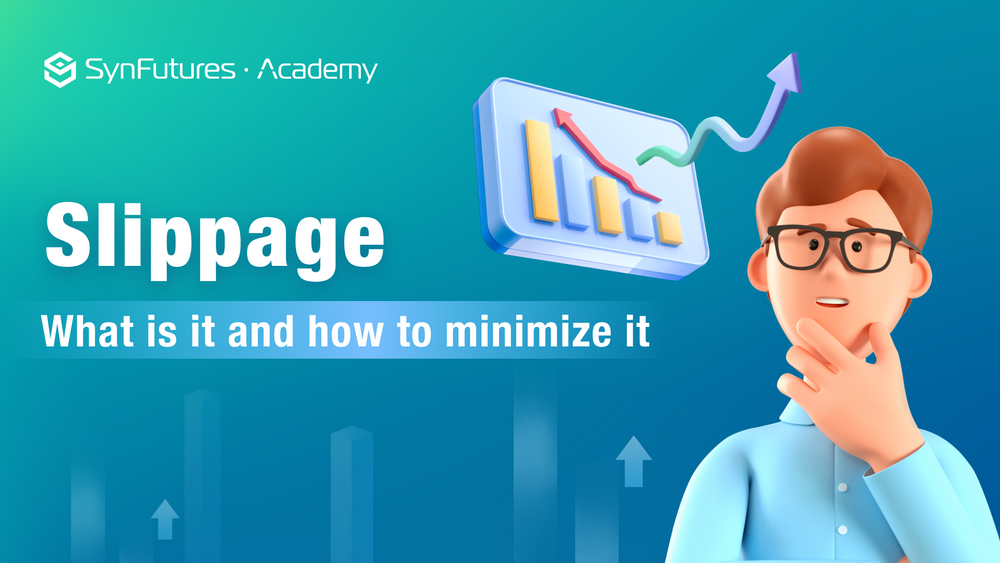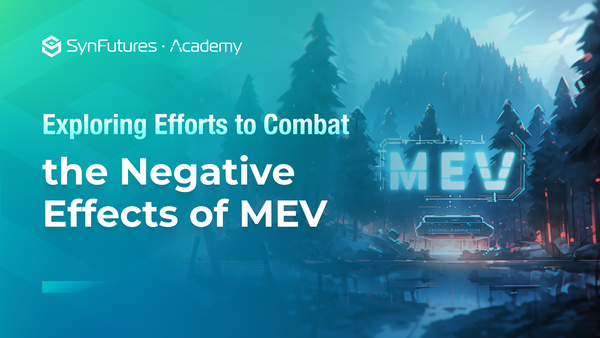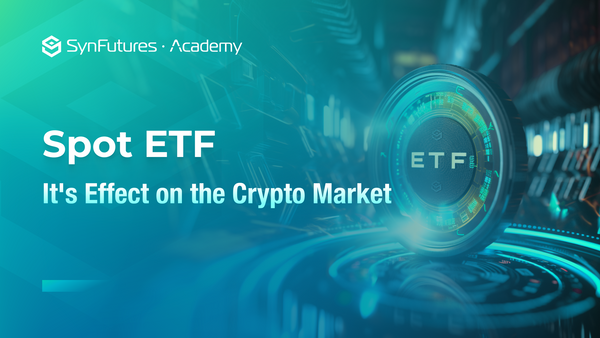Slippage: What It Is and How to Minimize It
Key Takeaways
- Slippage refers to the difference between the expected price and the actual price of a trade.
- It’s primarily caused by volatility, but other factors like the size of the trade and speed of the blockchain can increase its impact.
- While slippage is unavoidable in market orders, its impact can be minimized through the Slippage Tolerance feature offered by most exchanges.
What is Slippage?
Slippage refers to the price difference between the expected price of a trade and the actual price at which the trade is confirmed on the blockchain. It occurs because the market often moves too quickly and causes the trade to be executed at a higher or lower price than expected. Slippages aren’t always bad; Sometimes traders can end up with positive slippage, where the trade gets executed at a better price than expected. However, whether positive or negative, slippages add an element of uncertainty to every trade.
What Cause Slippage?
Slippage is primarily caused by market volatility, but other factors like the size of the trade, the amount of time it takes for the blockchain to confirm the trade, and liquidity in the pool can impact the severity of the slippage. For example, a low liquidity pair trading transaction on a blockchain that takes a minute to confirm will cause higher slippage than a high liquidity pair transaction that is confirmed within seconds.
In addition, how the AMM model is structured will also contribute to slippage in decentralized exchanges. In the Automated Market Maker (AMM) model, the price of an asset is determined by the ratio of tokens in the pool, so when a trader places an order, it will decrease the ratio of one token to another, increasing the price of the token. This type of slippage is unavoidable in decentralized exchanges.
The Impact of Slippage
Traders, especially those who trade often, must understand slippage and its impact on their overall profit or loss. While slippages are usually small, they can add up over time and have a significant impact, particularly if it occurs on a large trade. Let’s look at one example:
Let’s say BTC is trading at $20,000. Alice, a technical trader, believes the price has found support at that level and expects it to increase by at least 5% in the coming hours. So, she sets a 5% profit target at $21,000 and a 2.5% stop-loss at $19,500 and enters the trade. At the same time, thousands of other traders look at the same chart and come to the same conclusion. They all place the buy order simultaneously, resulting in BTC quickly moving up 2%. This means Alice’s order gets executed at 20,400 instead of $20,000.
Because of this slippage, the entire trade structure is affected, and the trade turns from a low-risk, high-reward trade to a high-risk, low-reward trade, as shown in the table below.
| Bitcoin Price | Profit at $21,000 | Loss at $19,500 | Risk: Reward Ratio |
Estimated Trade | $20,000 | 5% | 2.5% | 1:2 |
Actual Trade | $20,400 | 2.9% | 4.4% | 4:3 (Roughly) |
Such a drastic change affects not only the trade but also the trader. Instead of being confident about her trade, Alice is more likely to get nervous and commit trading mistakes like exiting too early or adjusting her stop-loss or profit target. Any move could increase the chance of a failing trade.
Ways to Minimize Slippage
Slippages are part of the normal trading experience, but there are ways through which traders can minimize the impact of slippage. The simplest way is to avoid market orders and place only limit orders. With a limit order, the order will only get executed at a price quoted by the trader. This eliminates the possibility of any slippage, but there is a risk that the trade may not get executed at all.
Another way to reduce slippage is to trade during times of low volatility. Since slippage is caused by volatility, low volatility will also result in less slippage. On the flip side, periods of low volatility may not be the ideal time to trade, especially for short-term traders who need volatility to make a quick profit.
Since the first two options are not ideal, many exchanges have introduced a new feature that allows users to place market orders without worrying about slippage. The image below shows the Slippage Tolerance feature in SynFutures. It can be accessed by clicking the ‘Advanced’ button next to the ‘Buy’ & ‘Sell’ tabs.
Users can use this option to protect themselves by choosing the amount of slippage they are comfortable with. By default, it’s set to 0.5%, meaning any order will not get executed if the slippage exceeds 0.5%. More cautious users can set it to 0.1%, and users willing to take more risks can set it as high as 1%.
This feature allows users to place orders without worrying about large slippage. It’s especially useful when trading low-volume altcoins prone to more volatile price action.
Conclusion
Traders need to understand that slippages are unavoidable when placing a market order. However, with careful planning and proper usage to exchange features, most traders can keep the impact of slippage to a minimum.
Discover SynFutures' Crypto Derivatives products: www.synfutures.com/.
Disclaimer: SynFutures Academy does not guarantee the reliability of the site content and shall not be held liable for any errors, omissions, or inaccuracies. The opinions and views expressed in any SynFutures Academy article are solely those of the author(s) and do not reflect the opinions of SynFutures. The SynFutures Academy articles are for educational purposes or information only. SynFutures Academy has no relationship to the projects mentioned in the articles, and there is no endorsement for these projects. The information provided on the site does not constitute an endorsement of any of the products and services discussed or investment, financial, or trading advice. A qualified professional should be consulted prior to making financial decisions.




